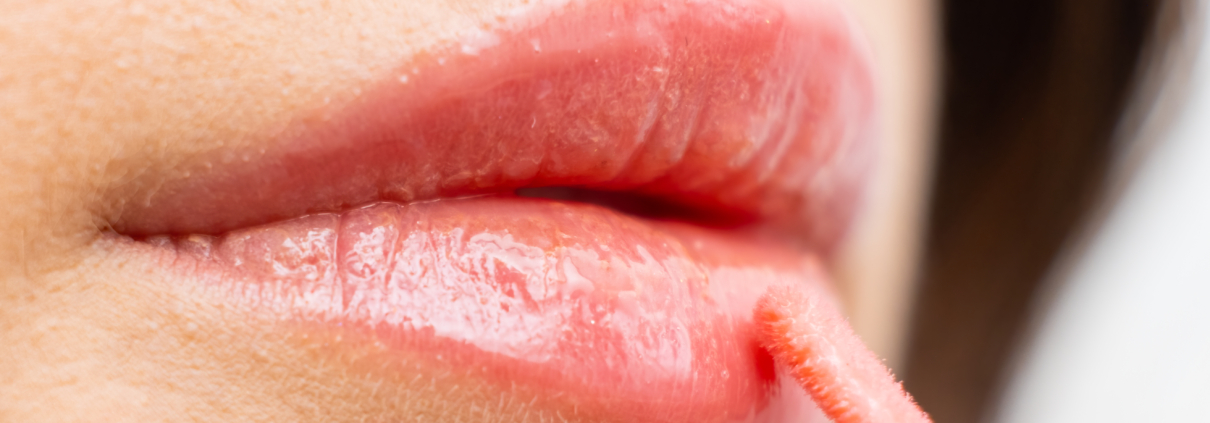Using Makeup to Hide a Cold Sore
Using Makeup To Cover A Cold Sore-Be Careful!
You’ve got a big event coming up in a few days, but yesterday you felt that oh-so familiar tingle. Now your face is battling a full-blown cold sore, and you’ve got nowhere to hide. So here’s your guide to covering up that cold sore so you can stay stress-free on your big day. Just be very careful in your handling of the makeup components, and not to further aggravate the blister.
When to Use Makeup
Cold sores mostly appear after illness or when your immune system is stressed. Cold sores and the immune system are related due to the fact that the immune system is your means of possibly preventing an outbreak from occurring. Using makeup such as a concealer may help, but the timing can be tricky. It’s not recommended to try to cover up a cold sore that is not partially healed or scabbed over, as the blister could be irritated and become worse.
Using a concealer when a cold sore is blistered can be difficult, but you might be able to use a it safely when it’s in the healing stage.
Using makeup to cover an active cold sore on the lips can lead to several problems, both in terms of health and effectiveness. Here are the key concerns:
1. Infection Spread and Contamination
-
Worsening the cold sore: Applying makeup directly onto a cold sore can irritate the area and potentially slow healing.
-
Spreading the virus: The herpes simplex virus (HSV-1) that causes cold sores is highly contagious. Using applicators (like brushes or sponges) or even fingers can transfer the virus to other parts of your face or to other people.
-
Contaminating products: Lipsticks, glosses, concealers, and brushes used on a cold sore can become contaminated and reintroduce the virus later, possibly causing future outbreaks.
2. Ineffective Coverage
-
Cold sores are often raised, blistered, or scabbed, making them difficult to conceal smoothly.
-
Makeup might emphasize the texture or flakiness rather than hiding it, especially as it dries or cracks.
3. Delayed Healing
-
Many makeup products contain fragrances, preservatives, or other ingredients that can be irritating.
-
Occlusive products (like heavy concealers or matte lipsticks) can prevent the sore from drying out and healing properly.
4. Allergic or Irritant Reactions
-
The broken skin on a cold sore is more sensitive and can react strongly to makeup, especially if it contains alcohols, synthetic dyes, or certain preservatives.
5. Appearance Issues
-
Makeup applied over an active sore may wear off unevenly or draw more attention to the area, especially as it cakes or flakes.
Recommendations:
If you must wear makeup:
-
Use a clean applicator (like a disposable cotton swab).
-
Use antiviral lip products first (such as Docosanol or Acyclovir creams).
-
Choose soothing, non-comedogenic, and fragrance-free makeup.
-
Avoid sharing products and discard contaminated ones.
Once the sore has healed, you can safely resume normal makeup use, but it’s still best to discard any lip products used during an outbreak to prevent reinfection.
Getting Rid of Cold Sores Sooner Or Preventing An Outbreak Entirely
Want to keep your makeup safe and sound? During the tingling stage, use your InterceptCS™ device to eliminate the harmful virus, preventing a cold sore from ever appearing. Want to learn more about cold sore prevention? Get the info you need with InterceptCS™!





